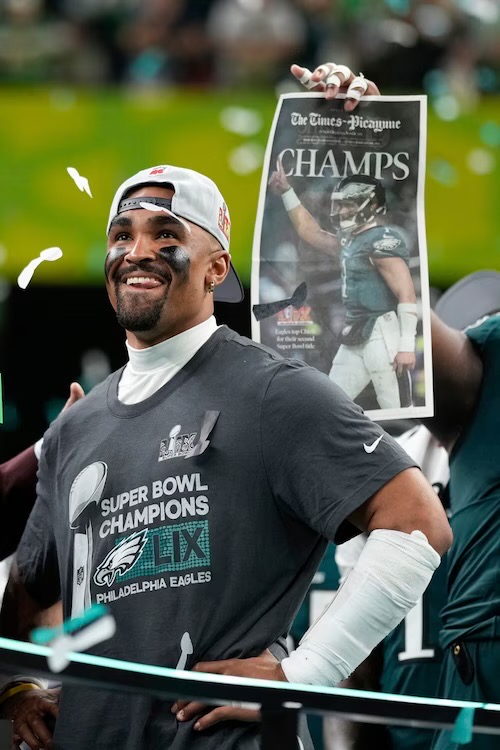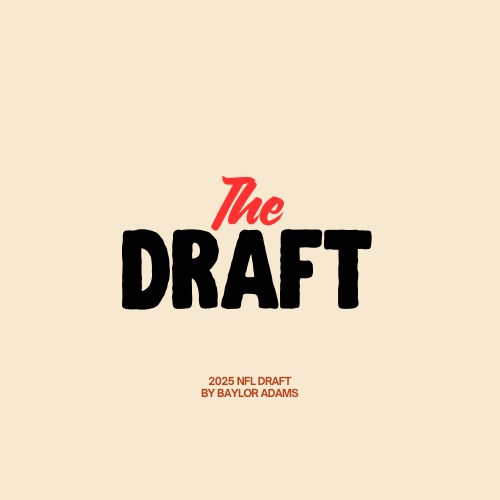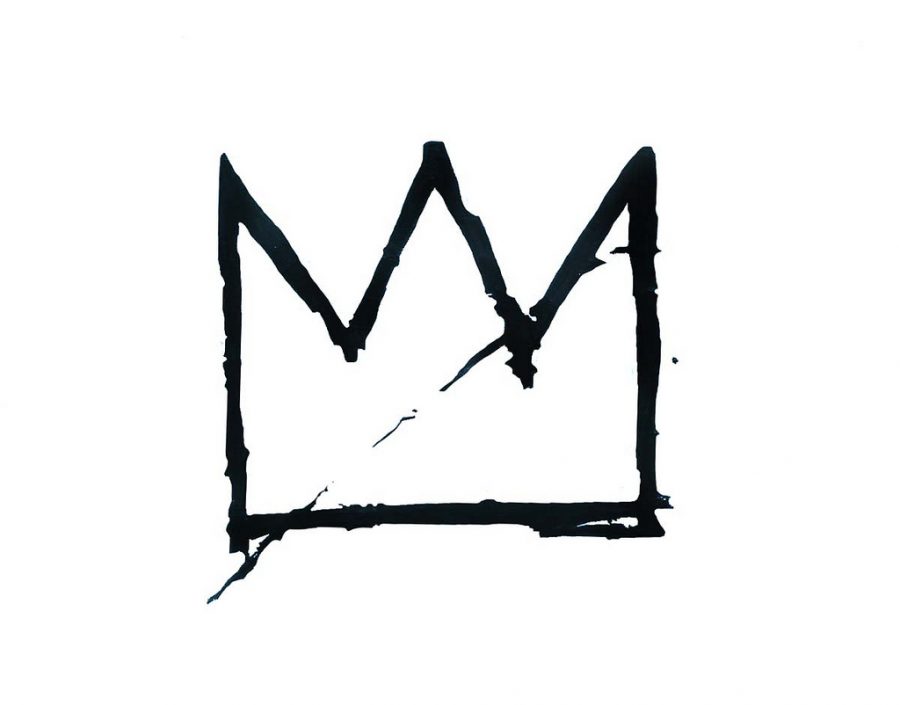Basquiat: From Graffiti, to Contemporary Art Icon
Inspired by geniuses, he became one; as a genius, he inspires them.
November 23, 2017
Jean-Michel Basquiat was born to Gerard and Matilda Basquiat, in New York, 1960. Basquiat remained in New York for the rest of his life, and tragically died in his apartment due to a heroin overdose, 1988. The contemporary art icon was only 27, but had accumulated a net-worth of ten million dollars. At the age of 21, Basquiat remains the youngest artist ever to be invited to showcase his art at Documenta, an international exhibit of contemporary art held every five years in Kassel, Germany. Basquiat only created 137 works of art during his eight year art career, but became one of the most renoun artists in the modern and contemporary art scene.
Basquiat began as a graffiti artist, joining schoolmate Al Diaz in 1977 to form the graffiti duo SAMO, which eventually disbanded in early 1980 due to an ongoing conflict between Diaz and Basquiat. The graffiti style of SAMO was a blend of intellect and contemporary art, which came together in a pop art vibe. SAMO graffiti is known for their anti-religion, anti-politics, and anti-ideology messages. SAMO focused their attention in lower Manhattan, and at their disbandment, scrawled the statement “SAMO IS DEAD” on almost every street corner of the lower Manhattan area, indicating the finale of the duo. After the disbandment of SAMO, Basquiat continued his graffiti endeavors as a solo artist, working mainly in the SoHo art scene. However, in the mid 1980s, Basquiat left the graffiti scene and transitioned to painting, where he collaborated with pop art icon Andy Warhol. This collaboration brought Basquiat into the public eye, and launched his professional career.
Basquiat rose to fame shortly following his transition from graffiti to painting, but he was an artist long before the world knew his name. Basquiat began drawing at the age of four, and was fluent in French, English, and Spanish by the age of 11. Basquiat’s mother took him to New York art museums as a child, and upon recognizing her son’s potential, encouraged his artistic abilities, even enrolling him in a children’s program at the Brooklyn Museum of Art. Perhaps the moment that impacted Basquiat’s sui generis art style occurred at the age of seven, when Basquiat was hit by a car, which injured him severely enough to land him in the hospital. During his stay, his mother brought him a Gray’s Anatomy book for entertainment, which would go on to inspire Basquiat’s future works of art. Basquiat’s paintings take inspiration from Gray’s Anatomy by expressing elements of the physical composition of the human body, which depicted the styles of minimalism and conceptualism that became prominent in pop art during the 1980s.
Basquiat’s style of art is extraordinary; it is a combination of pop culture, and classical art history and literature. Basquiat’s art style evolved during his transition from graffiti to painting. Basquiat’s graffiti has a more urban and pop culture vibe, while his paintings have a primitive and gritty feel.
Basquiat’s paintings derive inspiration from the art styles of abstraction, primitivism, and figuration, which can also be seen in Picasso’s paintings. Basquiat’s paintings hint at Caribbean art styles, which he fused together with his Haitian and Puerto Rican heritage to bring African and Latino art styles into the world of elite art. Basquiat’s style of art is so unique and original, that nothing like it has been seen since Basquiat passed, perhaps because it would be nearly impossible to recreate art in the style of Basquiat without plagiarizing it.
Basquiat took inspiration from artists with unique styles of art, such as Leonardo Da Vinci, Pablo Picasso, Cy Twombly, and Jackson Pollock, and has gone on to inspire the next generation of artists in counterculture, including anonymous graffiti artist Banksy.
Basquiat is famous for contrasting socioeconomic and sociopolitical issues within his art. Some of these contrasts are wealth v. poverty, segregation v. integration, and inner v. outer experience.
Basquiat was a major factor in the rise of the Punk Art and Neo-Expressionism movements in New York, both of which continued to grow and expand throughout the country.
A trend of professional artists is to create a symbol which graces the work of the artist, in an effort to distinguish one’s work from the competition. Basquiat was no different; his symbol is a three pronged crown, which symbolizes a monarchy. This insignia was inspired by Basquiat’s extensive knowledge of art history, including classical, baroque, and renaissance eras, and appears more abundantly in Basquiat’s earlier works of art during his painting phase.
Jean-Michel Basquiat is one of the most acclaimed art icons, both in graffiti, and contemporary art. While his life tragically ended far too soon, and with it, his career, Basquiat was an artist inspired by geniuses, and through his life and his art, he became one.






































